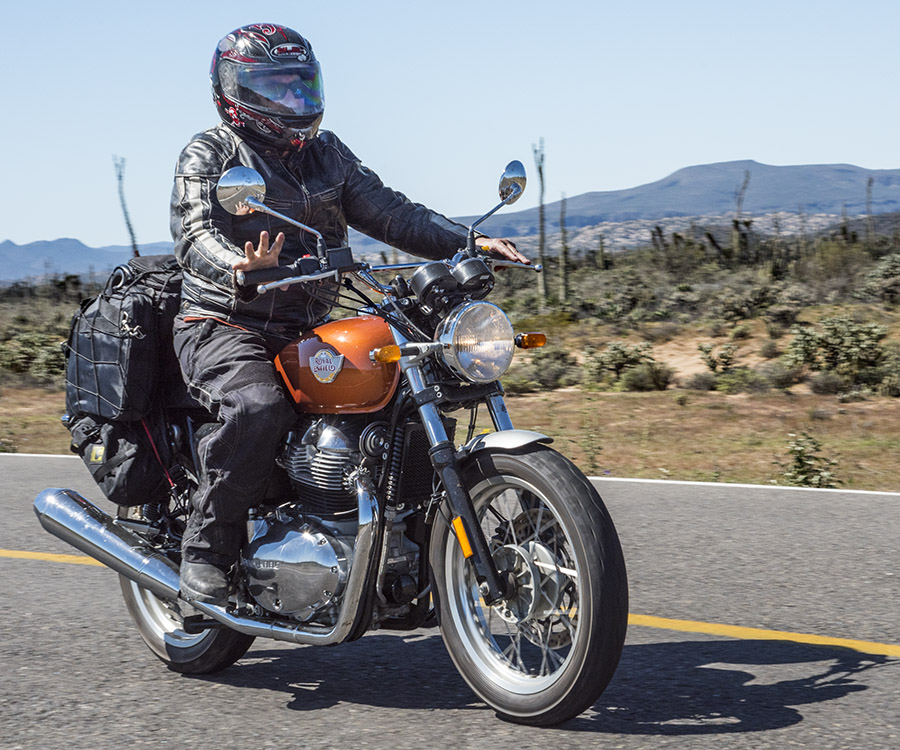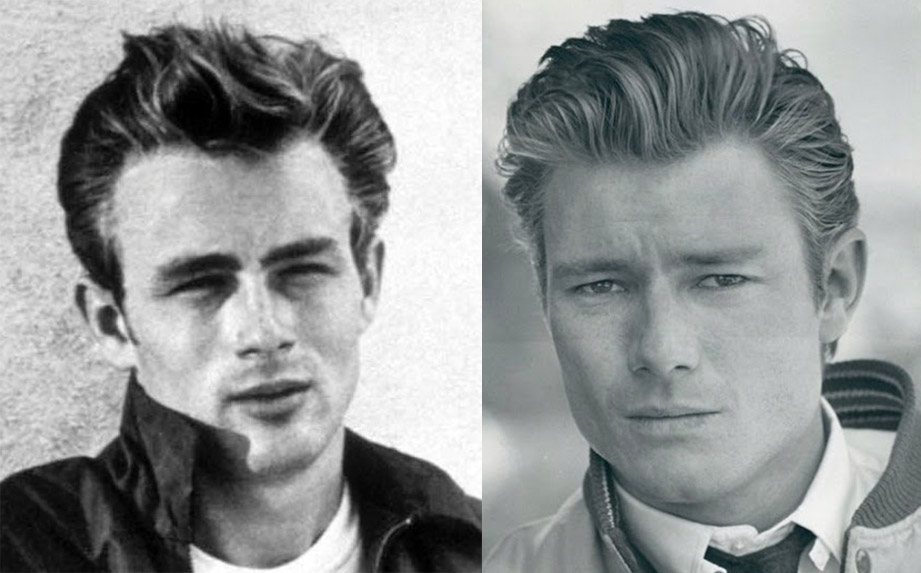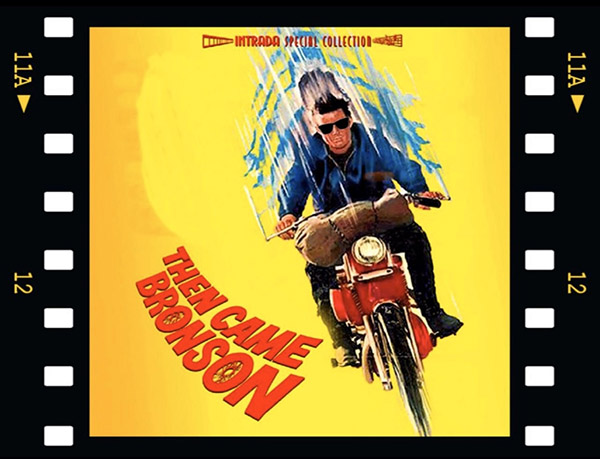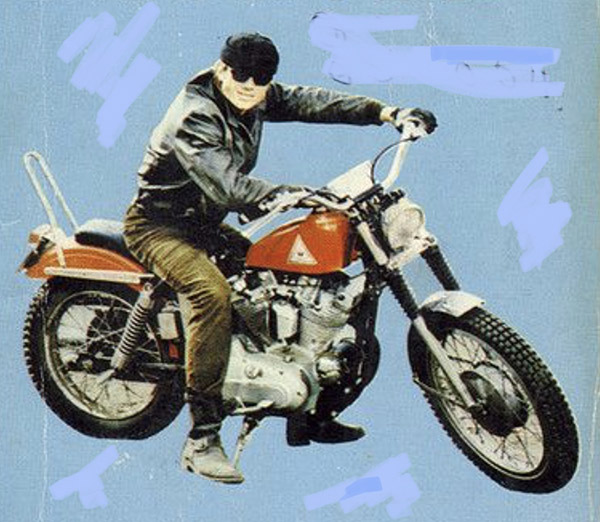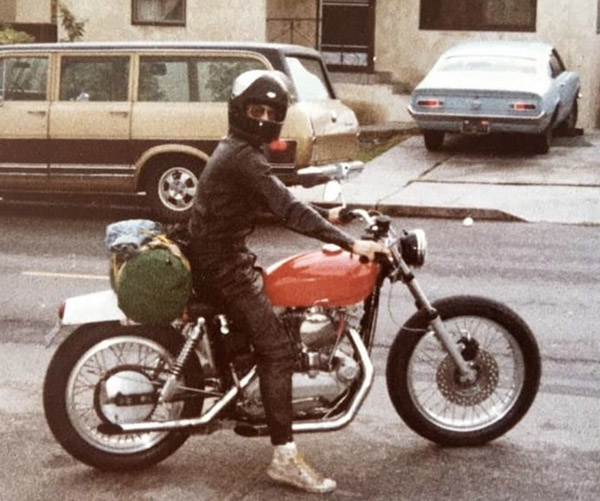Sometimes the story you set out to write doesn’t want to be written. Something is wrong, there’s no ju-ju, there’s no vibe, or in this particular case, there are no decent photos. I have an expensive Canon 5D that takes beautiful racing photos and I have a pretty good 300mm zoom lens with selectable, 2-axis stabilization. It’s not a professional lens by any means but it can do a fairly good job if you’re steady enough and don’t shoot at nighttime. The problem with the 5D and 300mm lens combo is that it weighs a ton and I don’t like carrying the thing around.
Anyway, it’s foolish pride on my part to try and capture the moment because as soon as I stop to think about a camera it’s not a moment any more. It becomes staged. It seems phony and something like grasping for the shot that will make the story. I don’t want to be a photojournalist and I never was. I learned the basic operation of a camera only because photos were a necessary evil in order to sell a story to magazines.
Oh, how I envy Cameron and Egan. Man, those guys have it made. They write their columns propped up on six pillows in an overstuffed bed between 1000-count Egyptian cotton sheets while green-skinned slave girls serve wine and grapes as they type each 600-word, 10,000-dollar column. And they do it without photos. Sometimes the magazine’s art director will tack on a few squiggly line drawings for the folks that need a picture. When I read their stuff I don’t miss the photos one bit.
Keep us going…please click on the popup ads!
Since I’ve pretty much given up on cranking out content for paper magazines, I find myself wanting to enjoy the story in real time. I want to live the story, absorb all the sounds, sights and smells, and then write about it later. Events may not be recorded exactly as they happened but they record what happened to me. At least I imagine it happened to me. Memories are funny things; each of us views the world looking out from different eyes.

Still, websites are a visual medium and photos do make the page look better. They also attract readers. For the Vado races I brought along the little Canon S100, a higher-end point and shoot camera not much bigger than a cell phone. I thought I could get a few photos good enough to use for this story but the shutter lag was hard to plan for. I’d press the release and a second later the camera would take the photo. In racing things move a long way in a second. Annoyingly, the auto focus kept locking on the barrier fence instead of the cars behind the fence. I have a bunch of really sharp shots of the fence
My first attempts were a mess. The S100 needed the shutter sped up and to do that it needed a higher ISO setting. And then the auto focus had to be disabled in the menu. All these settings required scrolling through the various menu pages or pushing buttons and turning dials, which I had forgotten how to do. Switching the S100 from regular stabilization to panning stabilization took twenty-three keystrokes to accomplish. For the same task on the Canon 5D you just flip a switch.
A man’s got to know his camera and the seductive lure of the cell phone has caused my camera skills to atrophy. While I was staring down into the S100’s tiny screen life was happening all around me. I turned off the camera, put it in my pocket and decided to watch the races.
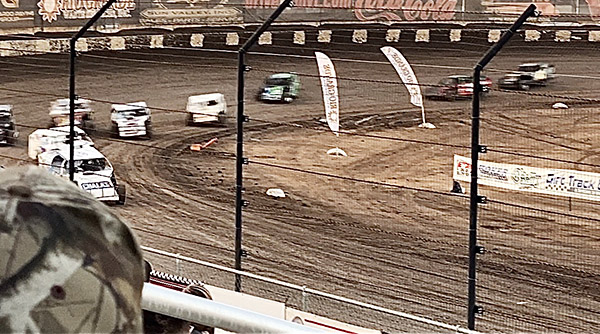
The whole reason we were at the races in the first place was because of the Sylings. The Sylings are friends of ours who live in Alamogordo. They are forever going on fun outings then putting cheerful, Team Syling posts on Facebook. CT and I decided it would be a good thing to be more like Team Syling so we are making an effort to do fun things around New Mexico. The trip to Vado Speedway was CT’s birthday present/Team Syling adventure. I don’t want you to get the idea I’m not romantic; I also bought her a 12-gauge Mossberg pump shotgun.
Vado Speedway is a fairly new track about 15 miles south of Las Cruces, New Mexico. You can see it from Interstate 10. The track looks small but they claim it’s 3/8th of a mile. Maybe the outside is 3/8 mile. It’s a dirt track, like God intended us to race on, and the corners are banked. The straights are short but the track is wide enough to allow plenty of passing. There are two lines at Vado: the high line and the low line. Both have their advantages but late in the evening the low line became very bumpy at the apex of the corner. Cars were bouncing up on two wheels in the rough. Most of the fast guys stayed up high where it was smooth, only dropping down to block a rival. As the evening wore on cars started to use the outside wall as a contact point like a slot car dragging the rails.
Stock car racing has changed a lot since the seemingly unlimited supply of Chevelles dried up. The night we went all the classes looked like Super Modified. There were no stock bodied cars. The lowest class cars are beat up sheet metal concoctions that look like something a child of three would draw when asked to draw a car. They resemble station wagons with large panels of metal aft to act as air dams. Think of the last outlaw sprint car race you went to with those giant billboard wings on top. It’s the same idea. The front wheels ran exposed on some of the cars. I don’t remember what they were named but in my day this class would be called the Sportsman class except for the homemade bodies.
The next step up from the flapping, crashing station wagon class was more station wagons. For all I could tell it was the same class, maybe “A” to the previous “B.” This class would have been called Late Models when I was going to stock car races back in the days when the planet Mars could still support life. These cars looked like the ratty-class cars but were built much better. The sheet metal was straighter and it didn’t flap around or fall off. The paint jobs and lettering were nicer and they crashed less. Besides being uglier than old style stock cars the Late Models’ engines sounded crisper and revved faster than the other, looser station wagons.
The top-tier division, known to me as Super Modifieds, were really nice cars. You could tell the owners had a ton of money in them, probably as much or more than a NASCAR stock car. They were fast and didn’t crash very often. The Super Modified cars didn’t look like station wagons but they still had acres of sheet metal on the side to assist with corners. All the wheels were covered by bodywork. NASCAR driver Kyle Larson was racing in the Super Modifieds with a Hendricks car and he did fairly well. He got a Main Event second place finish against drivers that spend their entire career in this specialized form of competition.
The racing was very close and heats were frequent. All the classes had several heat races to determine which cars made the main event and the grids were well populated. Driver/teams from Kansas, Wyoming, Illinois, California and other states attended. The stands were another story. When CT bought our tickets she was told they were sold out of general admission so she bought reserved seats. After everyone was seated the grandstands looked about 60% full. Maybe the cold, night air kept spectators away.
When the racing was over the announcers thanked the track owner for keeping stock car racing alive. Whenever you hear that sort of talk it’s not a good sign. South-Central New Mexico used to have a stock car track in Tularosa, another a few miles away near Alamogordo, one on Highway 9 west of Sunland Park near the border with Mexico, and I think Deming might still have a track and maybe El Paso.
Stock car tracks used to be everywhere. Where I grew up there was a track in Medly and one just across the Miami River in Hialeah. Those tracks are gone now. I wonder if dirt oval tracks are disappearing all over America. I believe part of the reason for grass roots oval racing’s decline is that none of the cars racing are related in any way to the cars found in the parking lot. That is if you can find a car in the parking lot. Today everyone drives bloated SUVs or pickup trucks.
Then there’s the high bar of entry into the sport. Even those ratty station wagons require a lot of work to build. Maybe the demise of cheap, rear-wheel drive sedans is part of the problem. The class structure never adapted to new realities in the marketplace. Look how NASCAR’s rigid rules have created a situation where you can buy a box stock Dodge, Chevy or Ford off the showroom floor with more horsepower than a NASCAR contender. I know the old time stock cars shared few common parts with the cars they resembled but at least they resembled them and had engines you could check off on the dealer’s option page.
Finally, the “Car of Tomorrow” eliminated the last tentacles connecting the cars on the track and the car you drove to the track. Now all the bodywork is the same and only paint creates the illusion of several brands. The situation is probably not as bad as I’m making it sound. I’ve gotten grumpy as I got old. I liked it when stock car racing was the most exciting thing happening on a Saturday night.
I’ll be back to Vado Park Speedway. Later in the year they are hosting USRA Modifieds, which look a lot like old style stock cars. Then there are the winged and un-winged Sprint cars along with Super Trucks. We all need to do our part to keep this uniquely American form of racing alive. Hopefully a new generation will get interested in stock cars and start racing cheap, two liter, front-wheel drive sedans around those well groomed dirt ovals. I know a couple unused tracks nearb. Just add drivers.
Never miss an ExNotes blog:


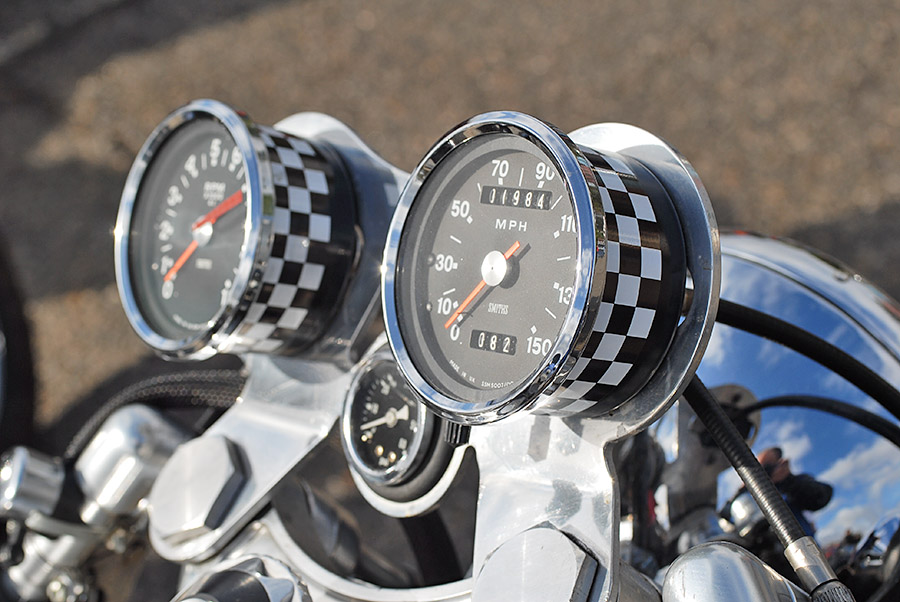
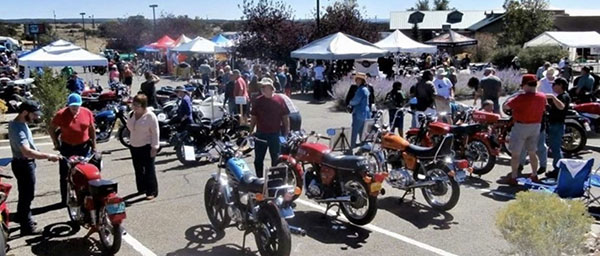

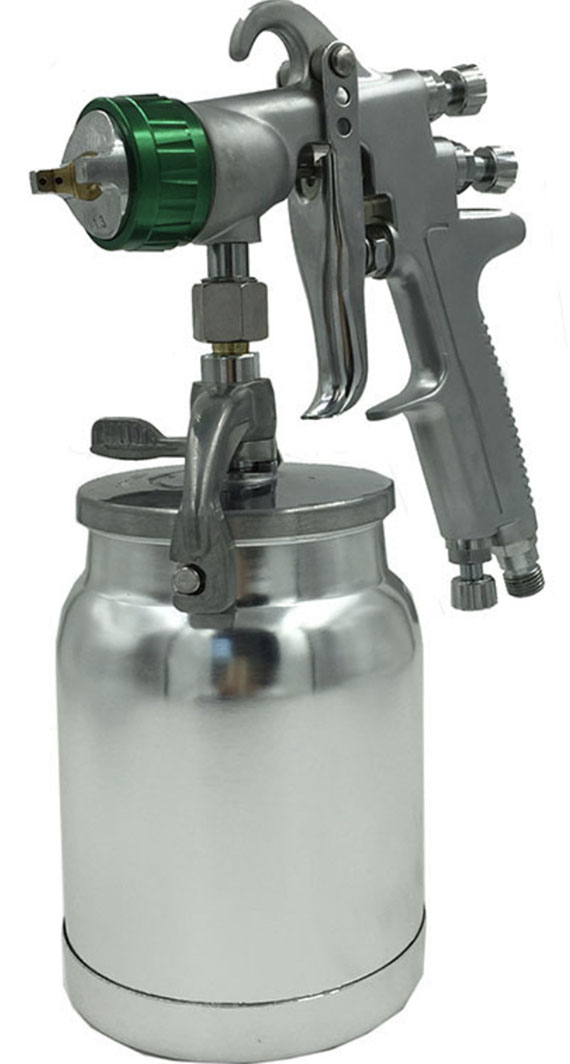
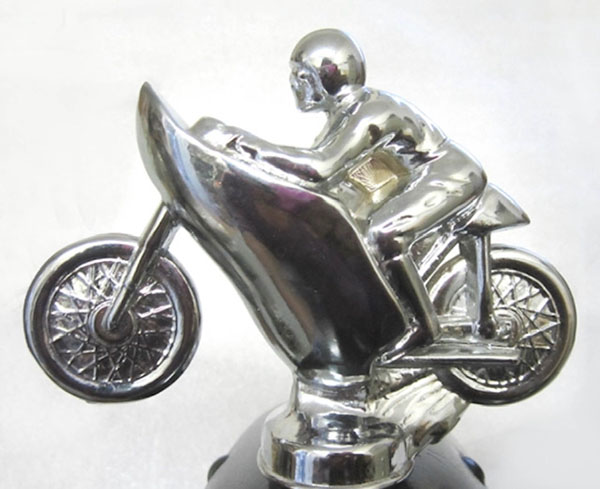
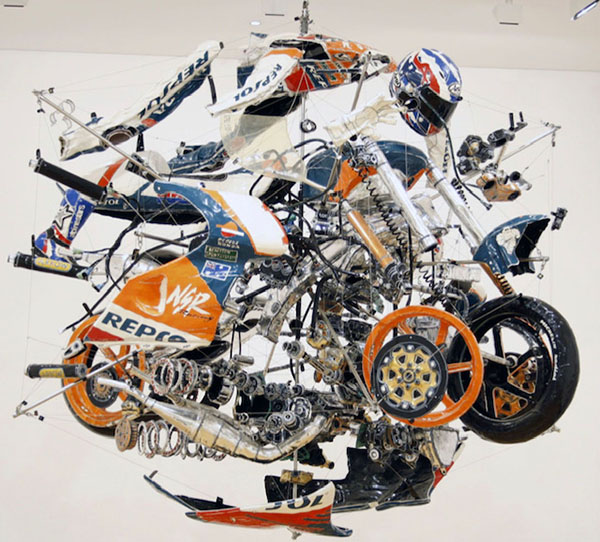

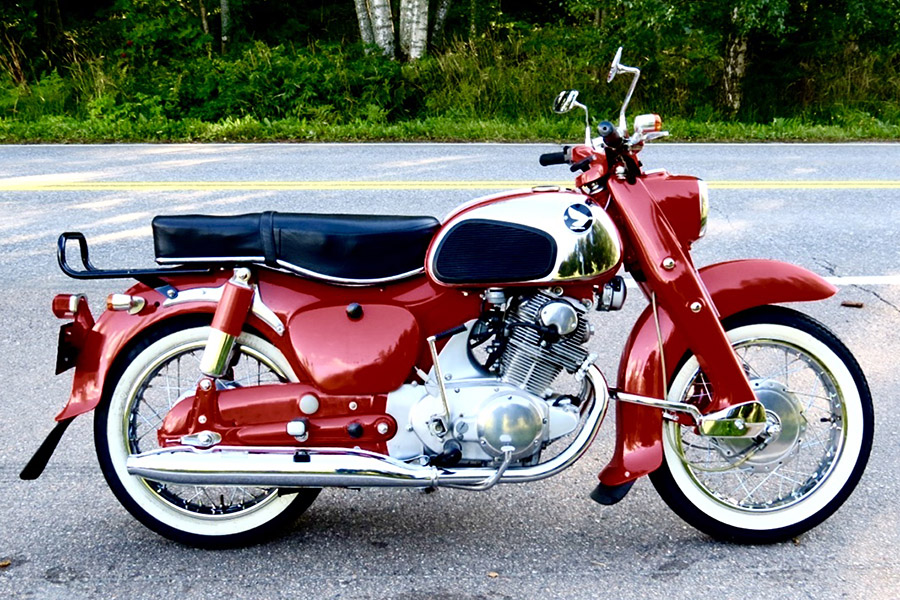
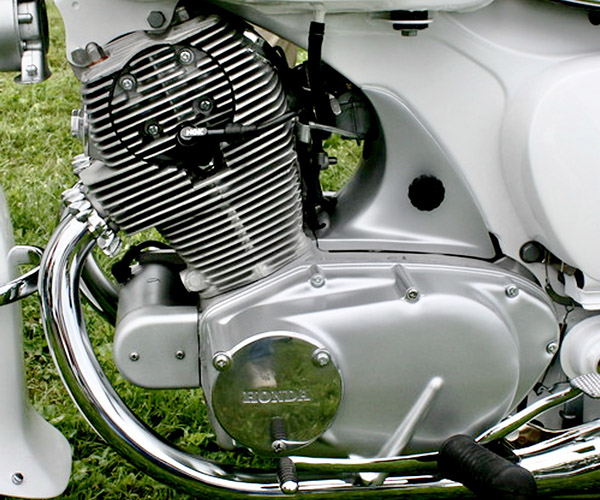
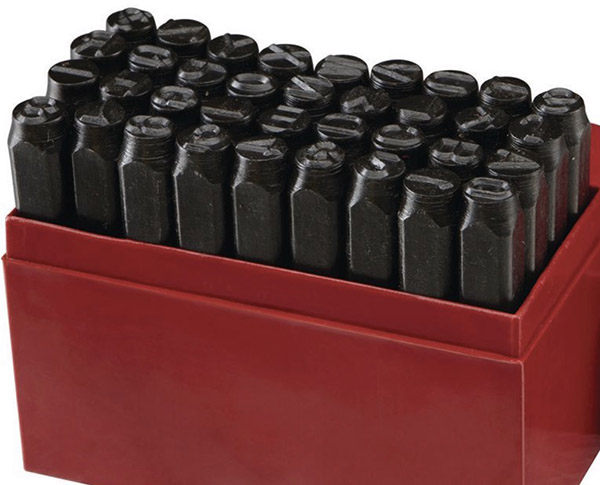
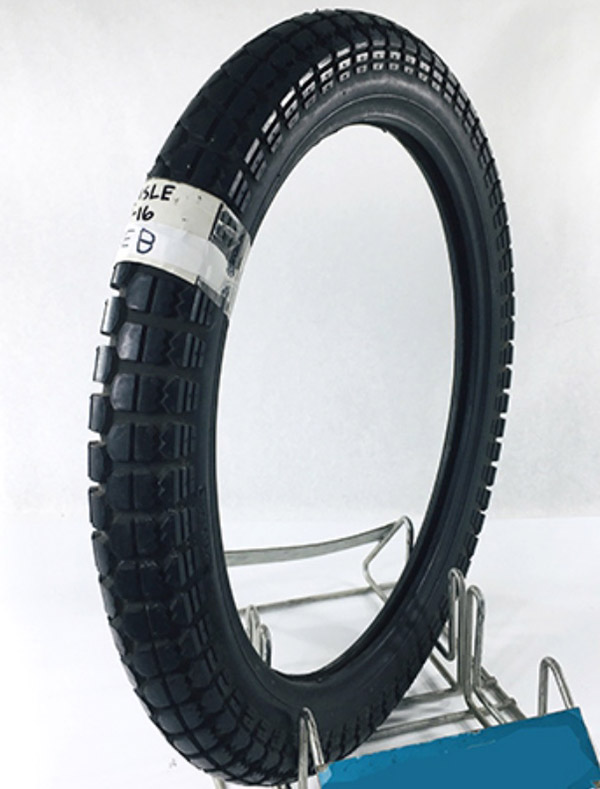


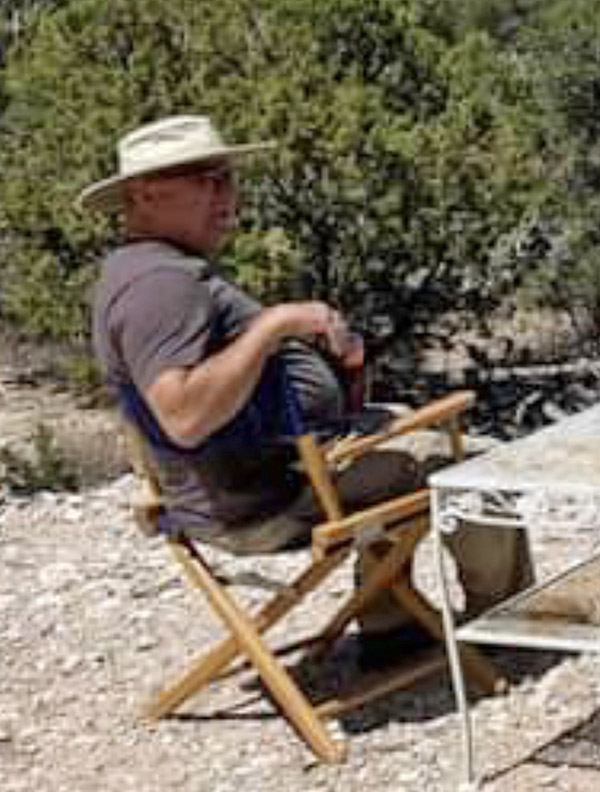









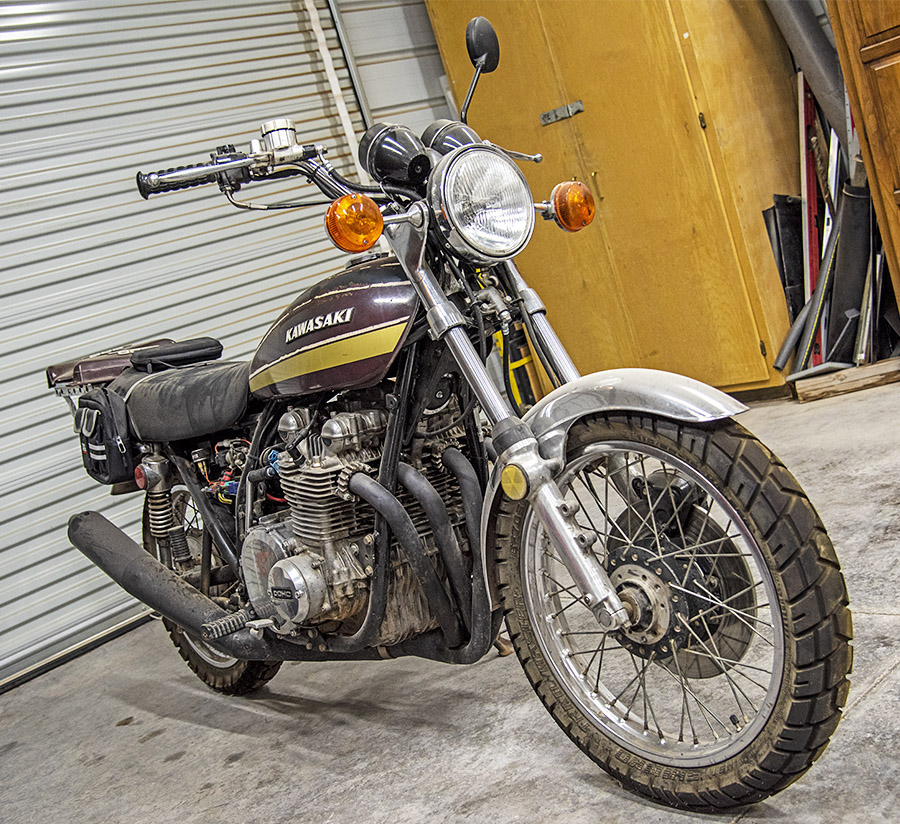
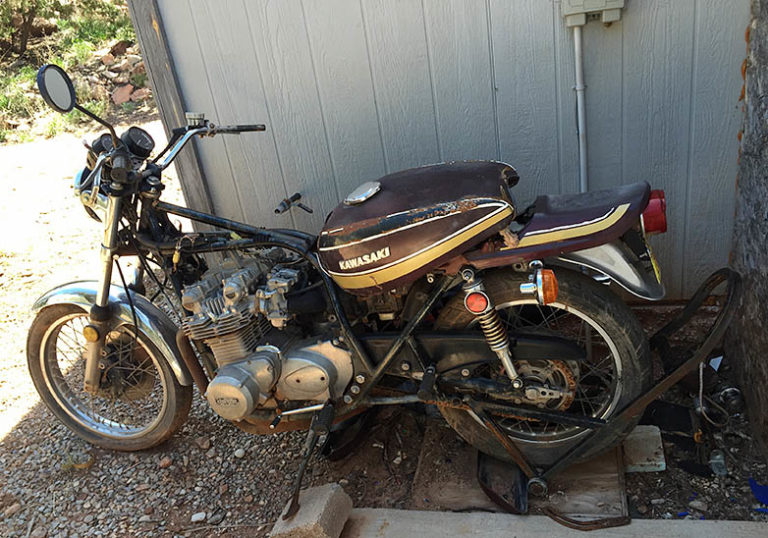
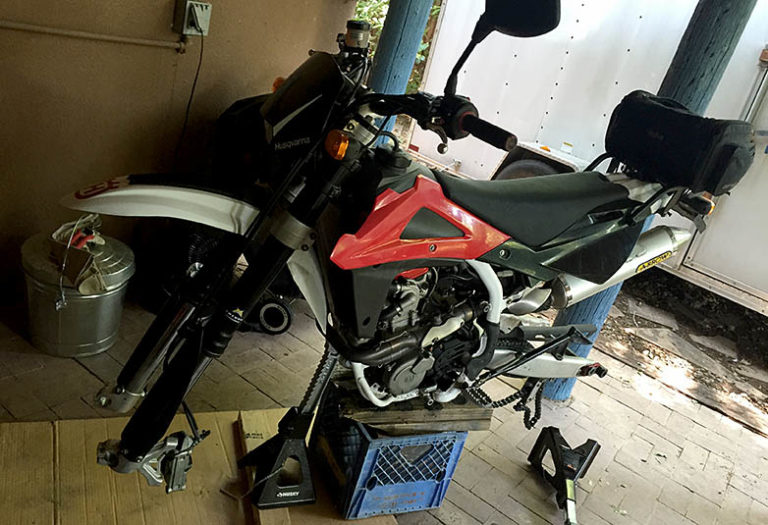
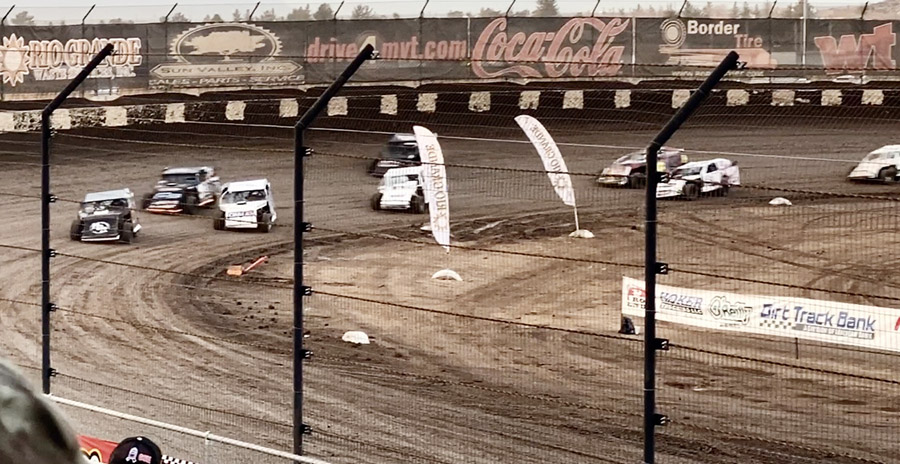


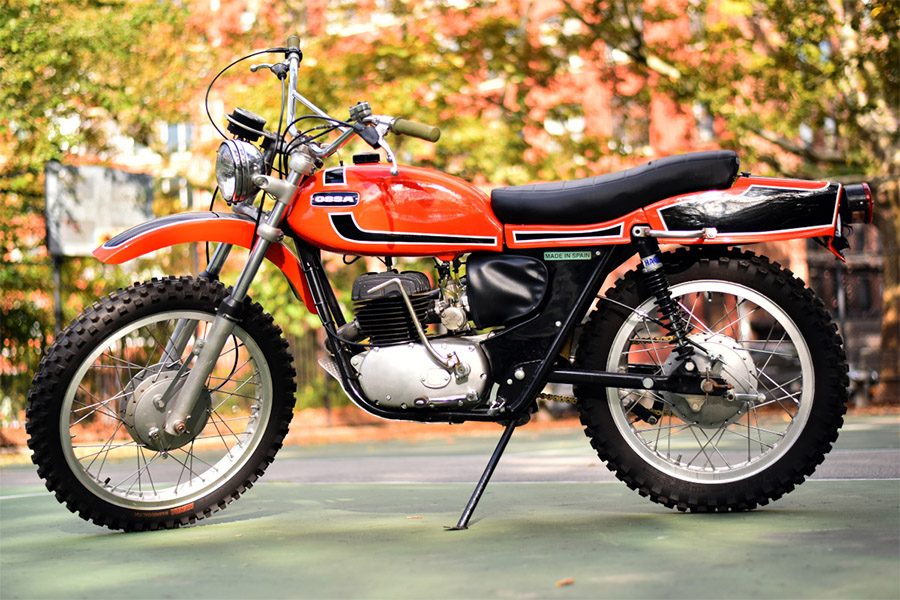
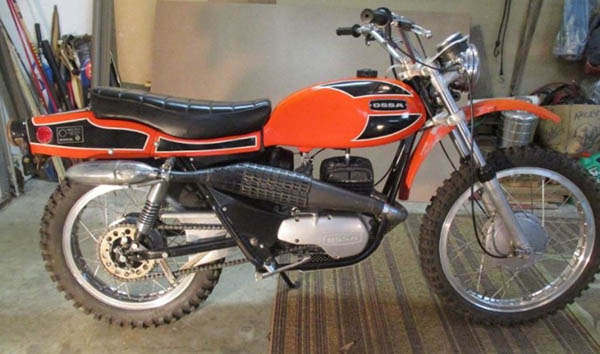
 Mostly Bultacos and Maicos were racing in Haines City back then but one guy had an Ossa Pioneer with the lights removed. The rider was good. He would get crossed up over the jumps and finished in the top 5 against real race bikes. I loved how the rear fender blended into the bike. That fiberglass rear section had a small storage area inside. One of the bike magazines of the era tossed a loose spark plug in the storage and went scrambling. The plug beat a hole in the rear fender and they had the nerve to bitch about it. Hell, I knew at 10 that you have to wrap stuff in rags on a motorcycle.
Mostly Bultacos and Maicos were racing in Haines City back then but one guy had an Ossa Pioneer with the lights removed. The rider was good. He would get crossed up over the jumps and finished in the top 5 against real race bikes. I loved how the rear fender blended into the bike. That fiberglass rear section had a small storage area inside. One of the bike magazines of the era tossed a loose spark plug in the storage and went scrambling. The plug beat a hole in the rear fender and they had the nerve to bitch about it. Hell, I knew at 10 that you have to wrap stuff in rags on a motorcycle. It rains most everyday in Florida and it started pouring. The races kept going for a while but finally had to be called because it was a deluge. You could hardly see to walk. There was no cover so we huddled in the leeward side of the ticket stand out by the entrance. It rained harder, the wind was howling. Wearing only shorts and T-shirts we were getting colder and colder. My lips were turning blue, man.
It rains most everyday in Florida and it started pouring. The races kept going for a while but finally had to be called because it was a deluge. You could hardly see to walk. There was no cover so we huddled in the leeward side of the ticket stand out by the entrance. It rained harder, the wind was howling. Wearing only shorts and T-shirts we were getting colder and colder. My lips were turning blue, man.